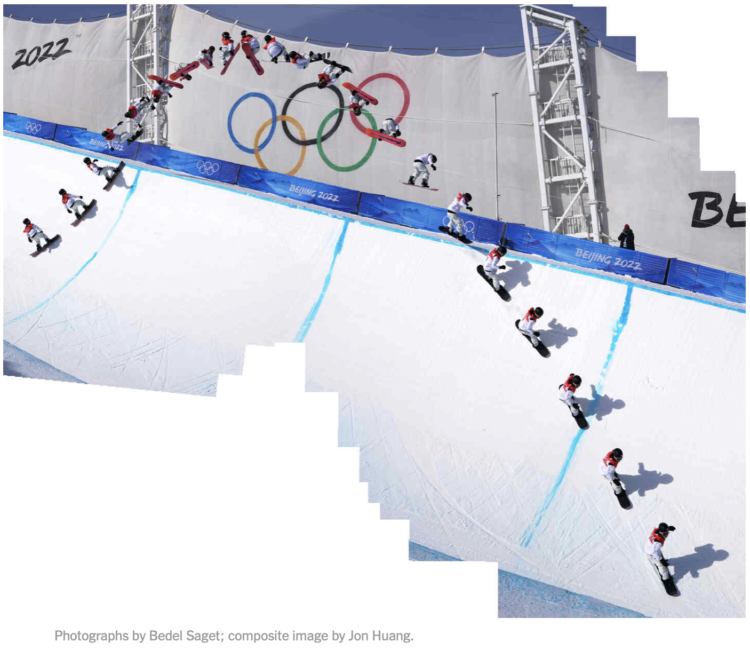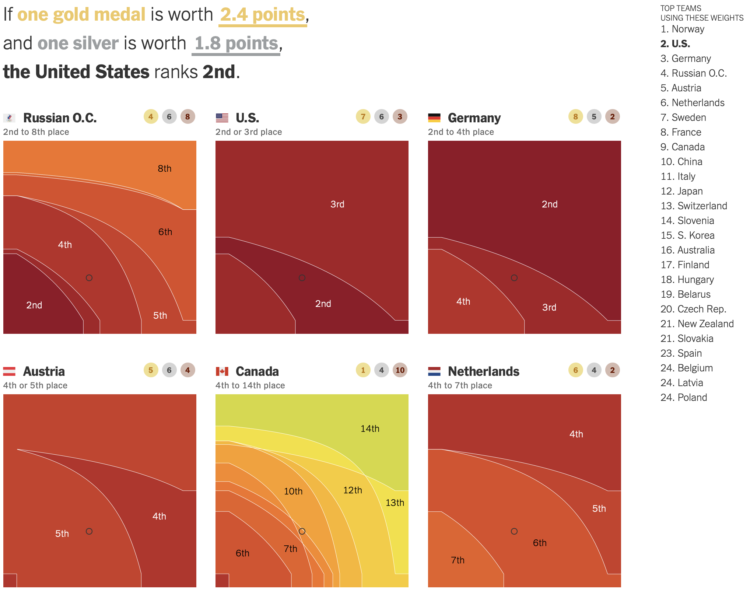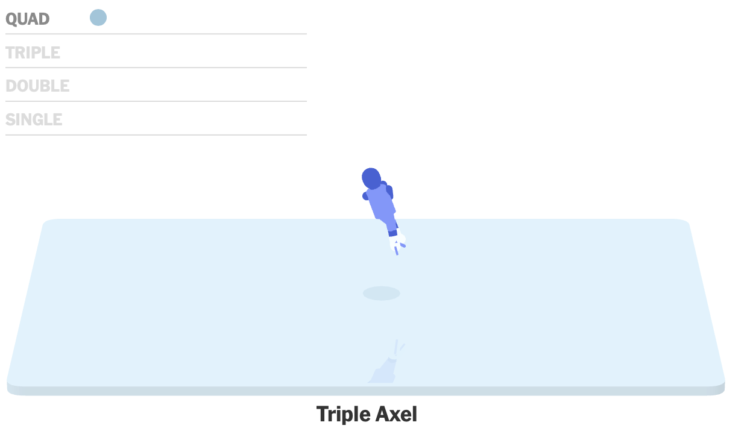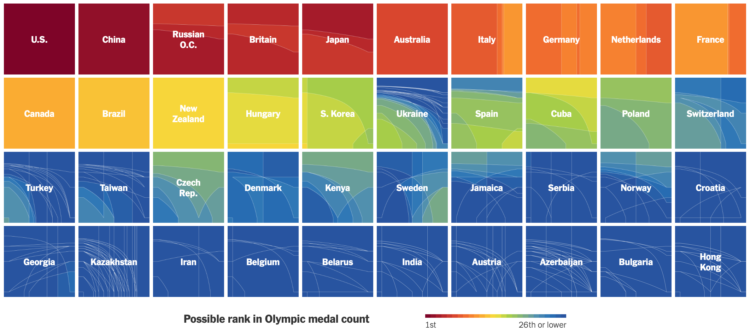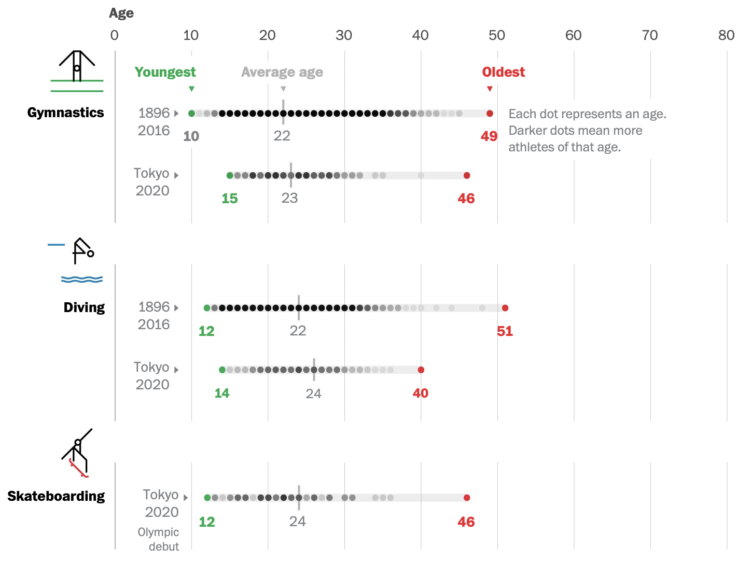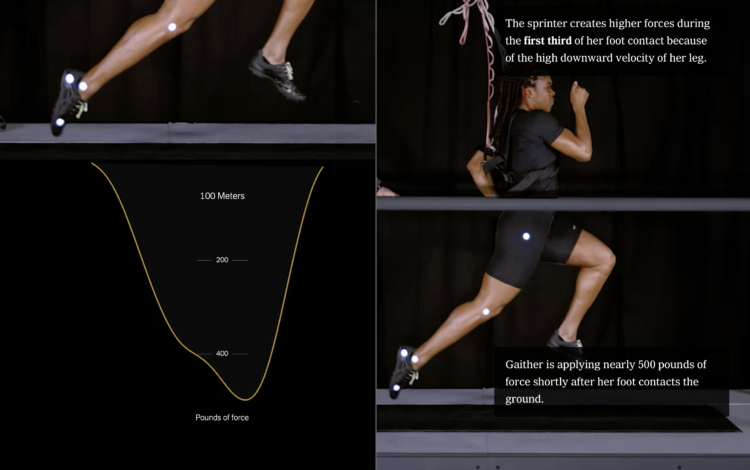If you watched the men’s halfpipe in the Olympics, you were probably impressed by Ayumu Hirano’s tricks. But it can be hard to see what he actually does in real-time, other than flying high, spinning a lot, and landing cleanly. So The New York Times used composite photos to show Hirano’s trajectory. I especially like the zoom-in frame by frame composite showing a Cab Double Cork 1440.
Tags: Ayumu Hirano, composite, New York Times, Olympics, snowboarding
